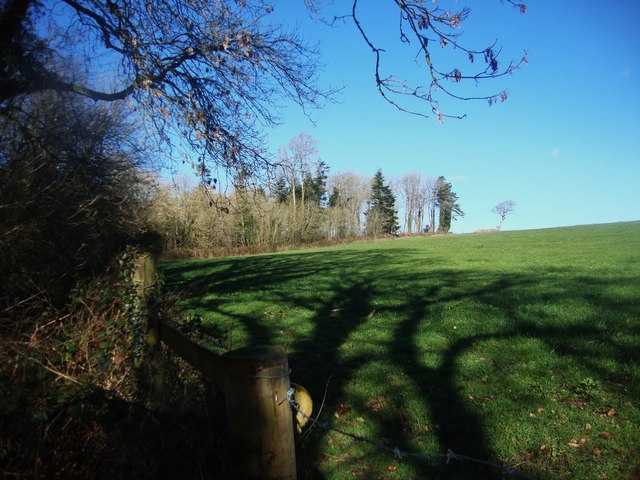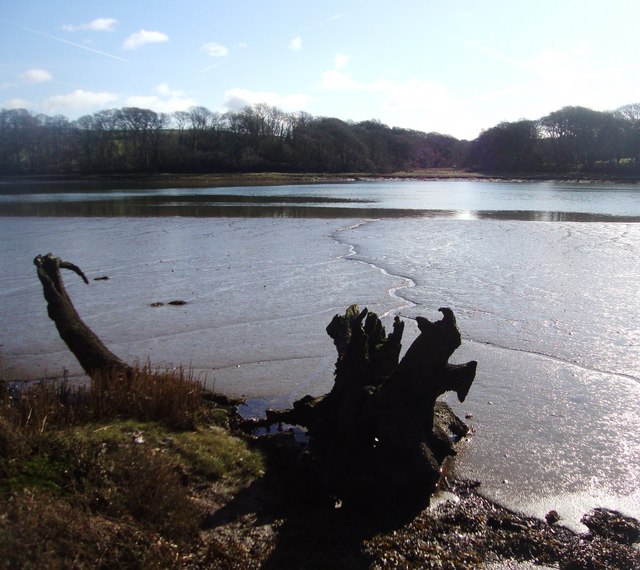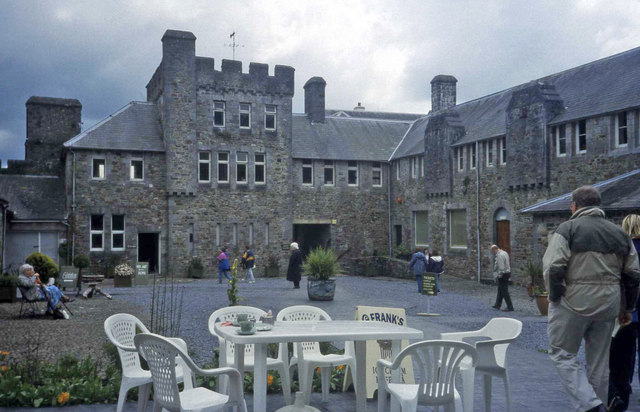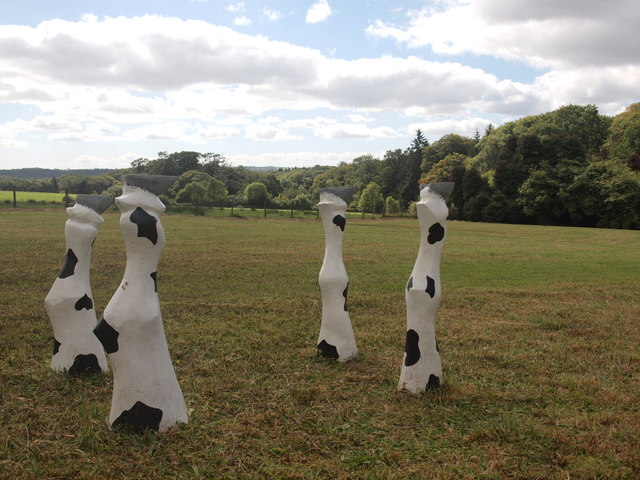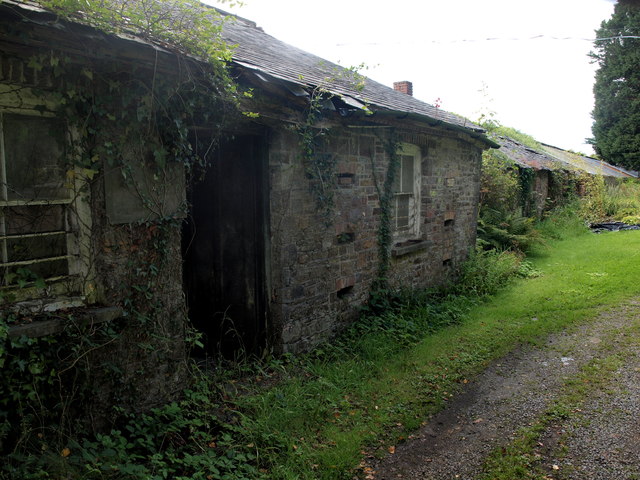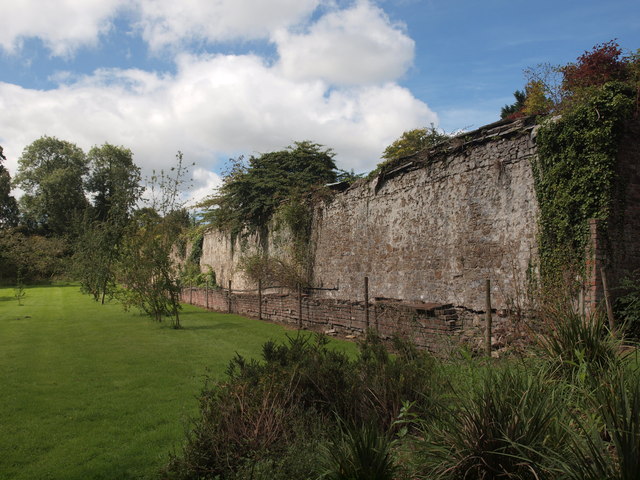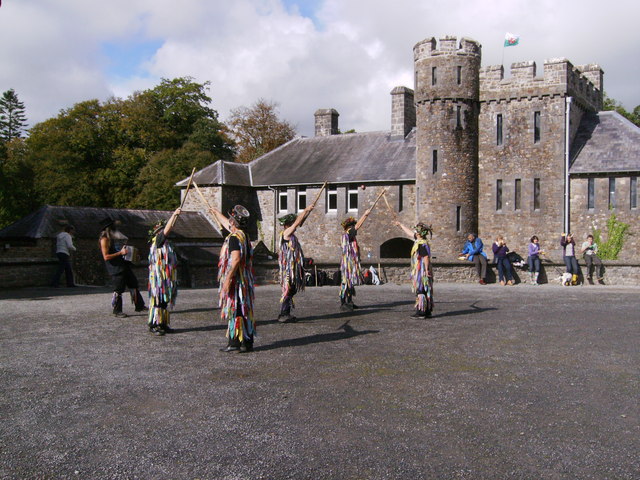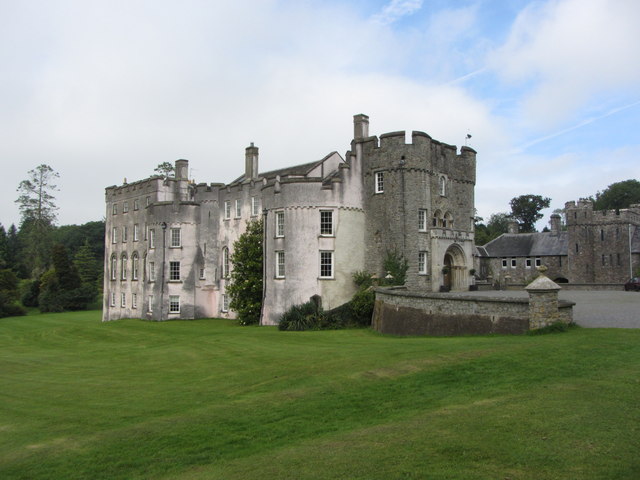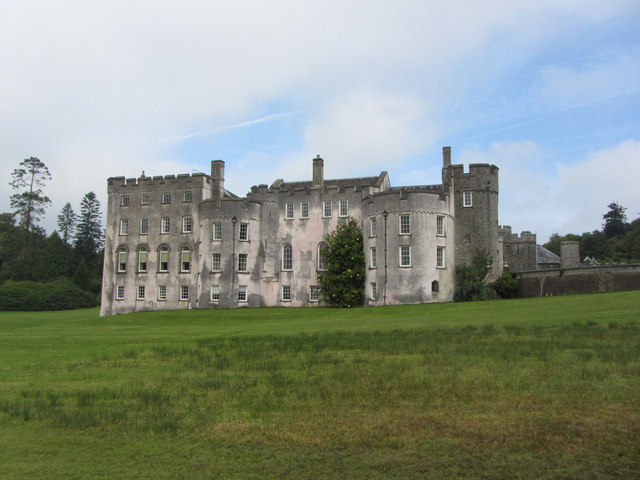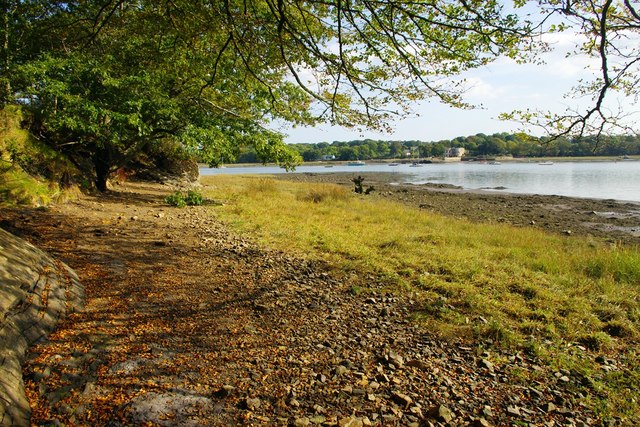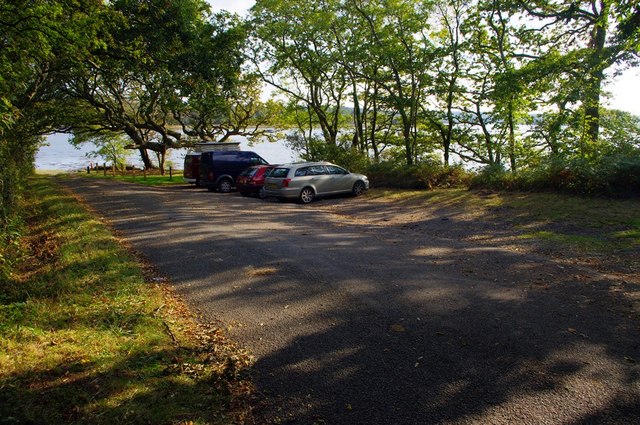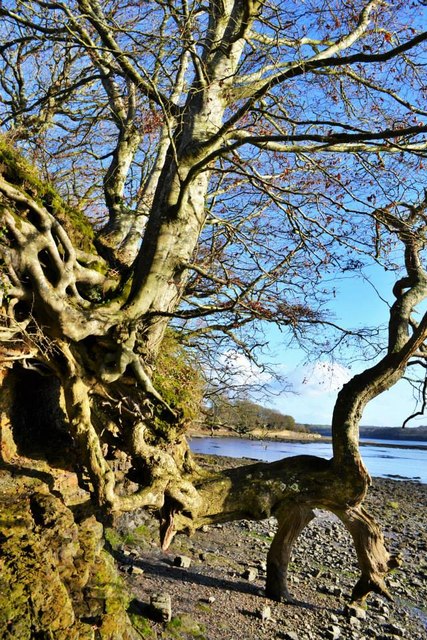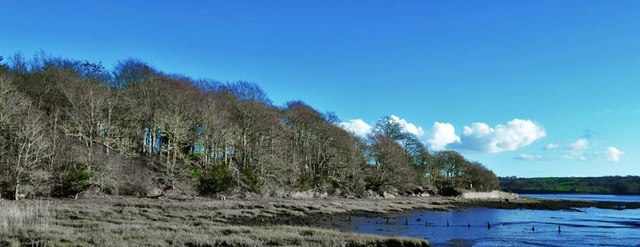Picton Park
Downs, Moorland in Pembrokeshire
Wales
Picton Park
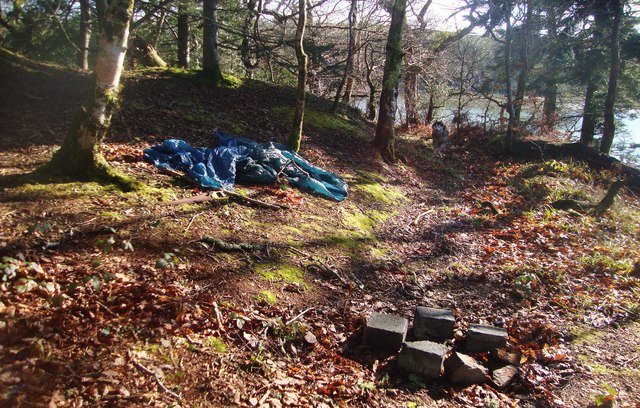
The requested URL returned error: 429 Too Many Requests
If you have any feedback on the listing, please let us know in the comments section below.
Picton Park Images
Images are sourced within 2km of 51.786131/-4.8778555 or Grid Reference SN0113. Thanks to Geograph Open Source API. All images are credited.
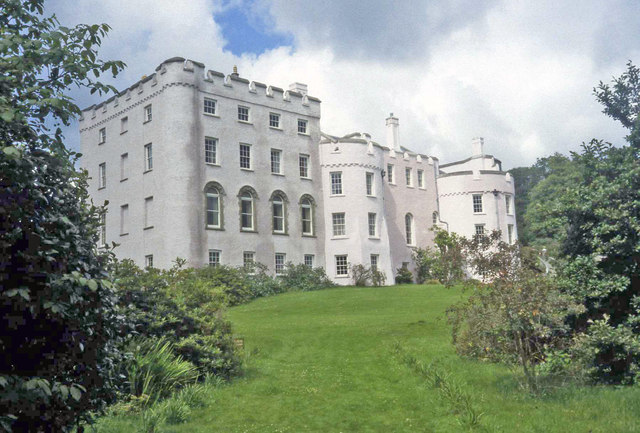
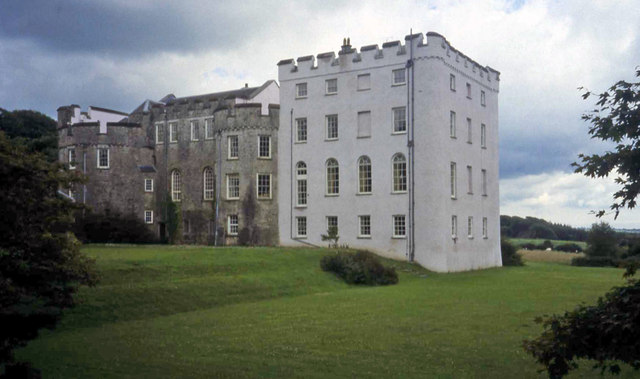
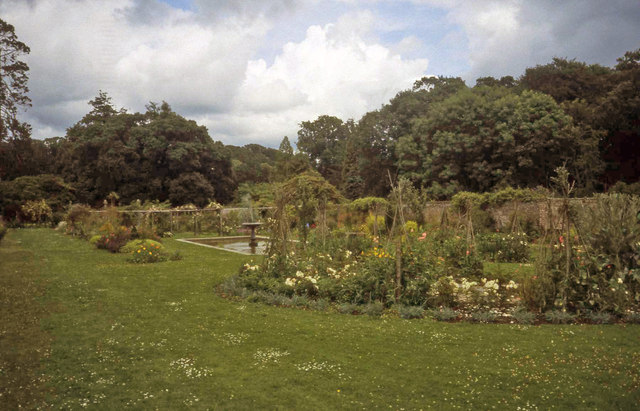
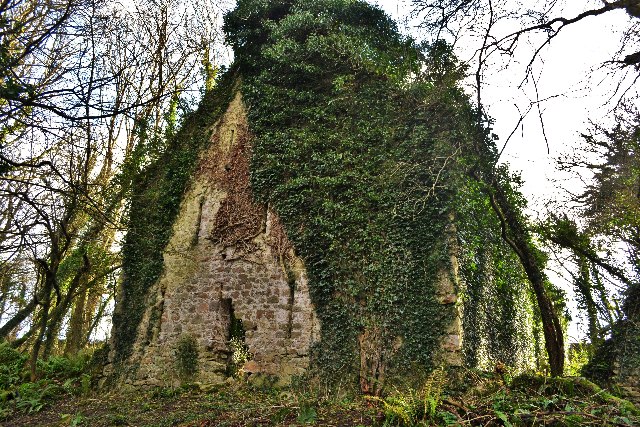
Picton Park is located at Grid Ref: SN0113 (Lat: 51.786131, Lng: -4.8778555)
Unitary Authority: Pembrokeshire
Police Authority: Dyfed Powys
What 3 Words
///harnessed.footsteps.carpets. Near Hook, Pembrokeshire
Nearby Locations
Related Wikis
Picton Castle
Picton Castle (Welsh: Castell Pictwn) is a medieval castle near Haverfordwest in the community of Uzmaston, Boulston and Slebech, Pembrokeshire, Wales...
Big House, Landshipping
The Big House, also known as Landshipping House, is a historic house on the banks of the River Cleddau in Landshipping, Pembrokeshire, Wales. The house...
Uzmaston, Boulston and Slebech
Uzmaston, Boulston and Slebech is a community in Pembrokeshire, Wales, which includes the villages of Uzmaston, Boulston and Slebech, and the Haverfordwest...
Slebech
Slebech was a community (prior to 1974, a civil parish) in Pembrokeshire, Wales, which is now part of the combined community of Uzmaston and Boulston and...
Have you been to Picton Park?
Leave your review of Picton Park below (or comments, questions and feedback).
